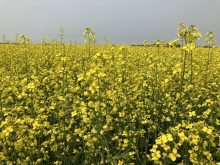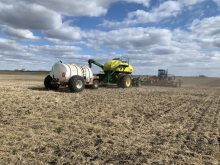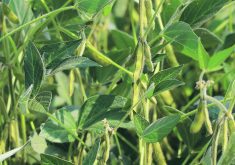NASHVILLE, Tenn. — El Nino weather might return at full strength following a record breaking warm January for many parts of Canada and the United States.
“There is a very strong probability we are going to go into El Nino this year,” Art Douglas, climatology professor emeritus at Creighton University in Nebraska, said during the National Cattlemen’s Beef Association annual meeting in Nashville Feb. 1-4.
El Nino is a weather phenomenon characterized by unusually warm ocean temperatures in the equatorial Pacific Ocean, as opposed to La Nina, characterized by unusually cold water in the region.
Read Also

Volatile temperatures expected for this winter
DTN is forecasting a lot of temperature variability in the Canadian Prairies this winter. Precipitation should be close to average.
El Nino tends to increase rainfall across the southern tier of the United States and in Peru but bring drought to the western Pacific and Australia.
The air temperature tends to be warm over most of Canada during the winter of an El Nino event, with the greatest warming from Manitoba to western Ontario, where temperatures could be up an extra 3 C. Southern Canada also tends to be drier with less snow.
Douglas is forecasting a warmer than normal February, although with some cooling along the Canadian border.
A network of buoys in the Pacific Ocean measure temperature, currents and winds in the equatorial band, monitoring the oscillation from La Nina to El Nino. These buoys transmit daily data to researchers and forecasters around the world in real time.
La Nina weather impacts peaked in December, said Douglas.
It was responsible for dryness in Argentina that is hurting corn and soybean crops. Western Australia has had good rain, but the north is drying out, another sign of an approaching El Nino. At the same time, warming trends will see dryness persist for western Texas, New Mexico, Arizona, California and Mexico.
Douglas compares conditions from past years and predicts 2012 weather will be similar to 1952, 1965, 1976, 1982 and 2008.















